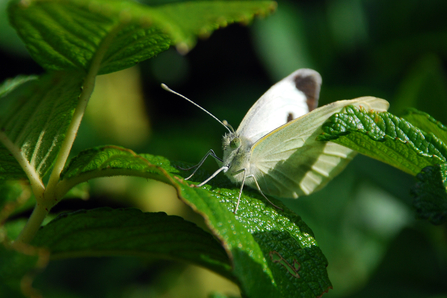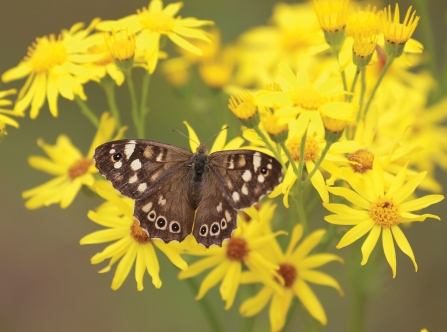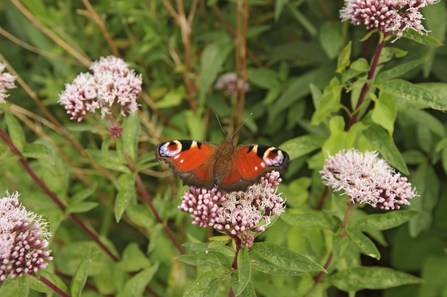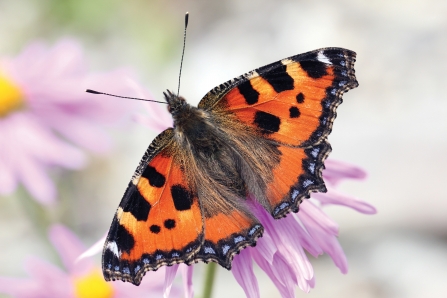A quick movement flutters over the nasturtiums – it’s a gorgeous, speckled wood butterfly flitting through the garden. Brown wings with cream spots, their body has a faint blue-green shimmer if you look carefully when they finally stop to rest or feed.
Butterflies are perhaps our most familiar and loved insects, with a fascinating lifecycle that many of us learn during childhood. They can be easy to identify, with a bit of practise, which deepens that joyful connection we have with them – a mindful moment, as they say on Springwatch.
Whilst some species like the speckled wood have been expanding their ranges in recent decades, others are sadly on a decline. Drought-like conditions are bittersweet as long period of dry weather can result in many of the essential caterpillar foodplants withering. Once common species, including familiar large whites, gatekeepers and wall butterflies are also becoming far scarcer.
Help butterflies at home
There are ways you can help our butterflies flourish; let a few nettles or wild flowers and herbs grow and flower if you have the space. Ditch the indiscriminate insecticides to give these creatures and the food chain that depends on them a home in our gardens.
The Butterfly Conservation’s Big Butterfly Count is happening at the moment; many of us enjoy joining in from our gardens, spending 15 minutes watching and reporting the species we see over the next three weeks.
We've participated in butterfly monitoring for years, recruiting and training willing volunteers to count butterflies at specific points through its nature reserves. Data is incredibly useful and submitted to Butterfly Conservation who analyse the trends and report on the latest picture, to help conservation.
If you don’t have access to a garden, Yorkshire Wildlife Trust has over 100 nature reserves across Yorkshire where you can enjoy butterflies and other wildlife during lazy summer days.
Here are five that you might see in your garden, park or nature reserve.




